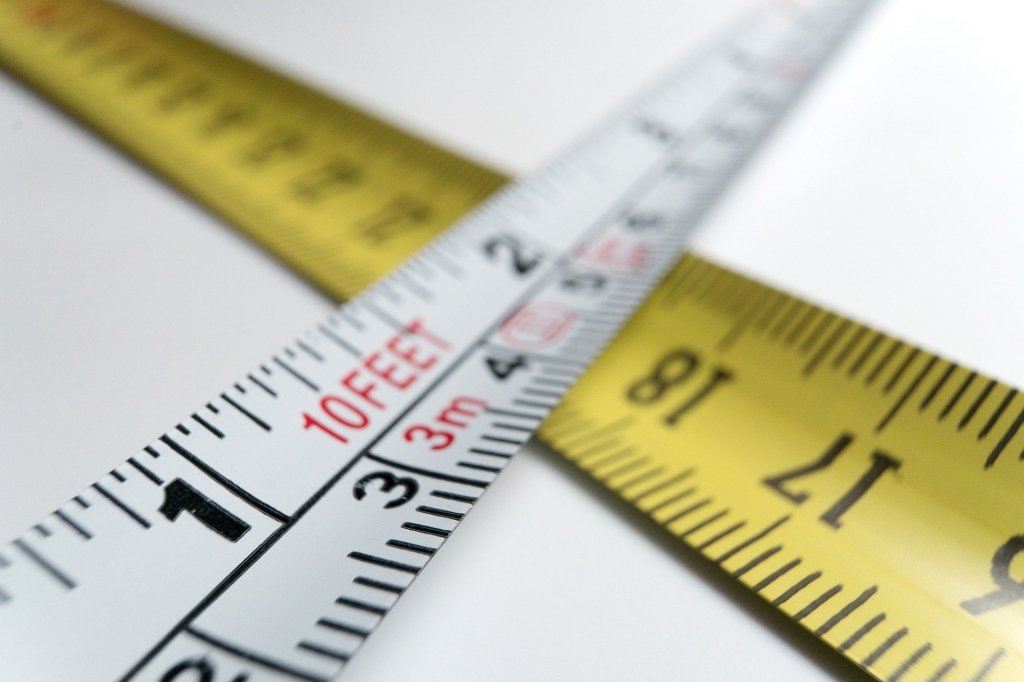The Challenge with Data Collection
The data you collect may only be as good as the system you use to collect it.
Repeated measures of a variable give different results.
Data collected from a measurement system that is not “accurate or precise” may lead to an incorrect business decision:
- Rejecting an acceptable part,
- Accepting a defective part.
What is a Measurement System?
A collection of instruments or gauges, standards, methods, fixtures, software, personnel, environment, and assumptions is used to quantify a unit of measure or assess the feature characteristic being measured—the complete process used to obtain measurements.

The MSA is done to ensure adequate measuring instruments are available for measurements to be made and to ensure that the instruments will measure the product characteristics and process parameters truthfully. It must be valid and include everything, the instruments, the operator, and the collection procedures to measure and record data. MSA should be performed before you collect data from your process.
Elements of Measurement System
Measurement systems are more than the gauges you use — the values you see is a result of the measurement process consisting of:
- The Measuring instrument and accessories
- The Person using the measuring instrument (Appraiser)
- The Environment under which the reading has been obtained
- The Methods used to set up and measure the parts
- The tooling and fixture that locates and orients the object under measurement
- The software that performs intermediate calculations and outputs the result
- The parts/components being measured
Definitions
- Gage is a device used to get measurements.
- A Measurement System is the collection of instruments or gages, standards, operations, methods, software, personnel, environment, and assumptions used to produce a measurement.
- Standard: known or reference value, Known value, within given limits of uncertainty and accepted as a true value.
- Bias: Difference between the average of readings and the true value of the measurement (opposite of accuracy).
- Precision: Measured by the standard deviation of the readings, which measures the lack of precision (opposite of variability).
- Repeatability: due to instrument (gage)
- Reproducibility: due to operator
- Linearity: Bias remaining the same over the range of values of the measurement.
- Stability: The precision remains consistent over time.
- Resolution: The smallest unit the instrument can measure.
- Calibration: The comparison of a measurement instrument or system of unverified accuracy to a measurement instrument or system of known accuracy to detect any variation from the required performance specification.
- Repeatability: The extent to which repeated measurements of a particular object with a specific instrument produce the same value.
- Reproducibility: The variation in measured values between people taking the exact measurement and using the same test equipment (gauge).
Visual Explanation of Bias and Precision

MSA – Differs from Calibration
It is a standard practice to periodically calibrate all gauges and measuring instruments used in measurement on the shop floor.
What is the need of doing MSA once the measuring instruments are calibrated and certified by the calibrating agency?
- Calibration is a process of matching up the measuring instrument scale against standards of known value and correcting the difference, if any. Calibration is done in a controlled environment and by specially trained personnel.
- On Gemba, where these instruments are used, the measurement process is affected by many factors, such as a method of measurement, the appraiser’s influence, the environment, and the method of locating the workpiece. These can all induce variation in the measured value. MSA aims to assess, measure, and document all factors that affect the measurement process and, as appropriate, try to minimize their effect on the measurement.

















